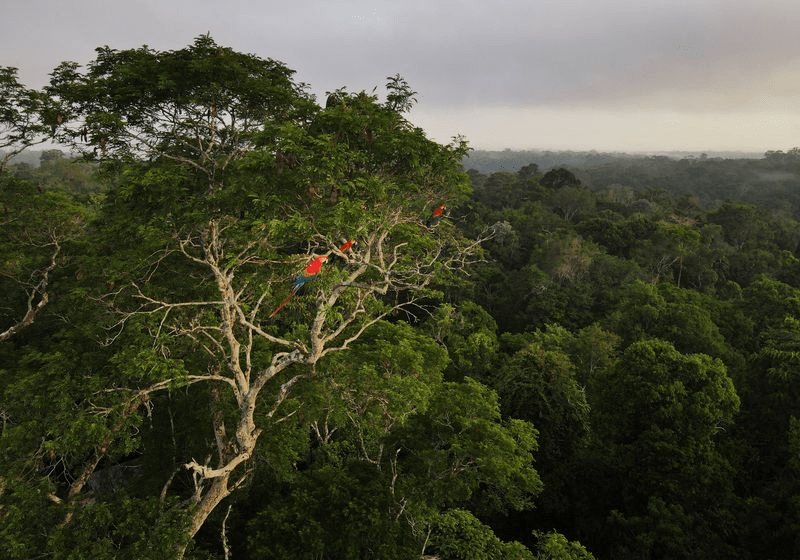According to the company, annual capital directed towards nature-based solutions needs to triple to $542 billion by 2030 to meet climate and biodiversity targets.
More than 80% of ecosystems are degraded, and biodiversity is declining faster than ever in history. Every $1 invested in nature restoration can yield up to $30 in economic value, according to BofA analysts.
Technologies and data are turning ecosystems into measurable assets. Tools such as LiDAR, satellite imagery, and DNA tracking help investors identify natural assets in real-time, such as soil moisture, carbon storage, or pollination activity, making them more attractive for investment.
Wakehurst, a research facility in Sussex, is used as a living laboratory where scientists track ecosystem functions and develop seed banks that can help scale nature restoration efforts.
Mushrooms could become a multibillion-dollar pillar of the bioeconomy. BofA notes that most mushroom species remain undiscovered, but those already studied are used in materials, food, medicine, and sustainable agriculture. The global mycelium market could exceed $7 billion by 2035.
Regulators across Europe and the UK are working on standardizing natural credit markets and requiring companies to account for biodiversity.
Private funding for nature has already increased 11-fold in four years and could reach $1.5 trillion by 2030 if the current momentum is maintained.


